Studded in the vast expanses of Udaipur and its surrounds in the foothills of the Aravalli Range are a string of jewel-like lakes. If Udaipur is known as the city of fairytale palaces, it’s equally renowned for its lovely water bodies.
The monsoons are a truly special time to do a deep dive into the poetic beauty of the erstwhile royal city. And that’s how a bunch of my friends and I decided to quit work for a bit and lose ourselves in Udaipur’s monsoon masti.
At the heart of the city’s culture lies the iconic Lake Pichola. Why this lovely lake became our point of focus was the beautiful water palace, the Jag Niwas, now selling its magic as the Taj Lake Palace Hotel. Our reason for this extended pause was that one of us in the group was a top-notch photographer who had been booked for a couple of hours of pre-wedding shooting at this stunning palace. We came along for the ride, literally, because the only way to reach the legendary palace is by boat. As we were going to be part of the shoot as friends of the bride, we had a perfectly valid reason to be there, and to later sample a yummy late afternoon tea.
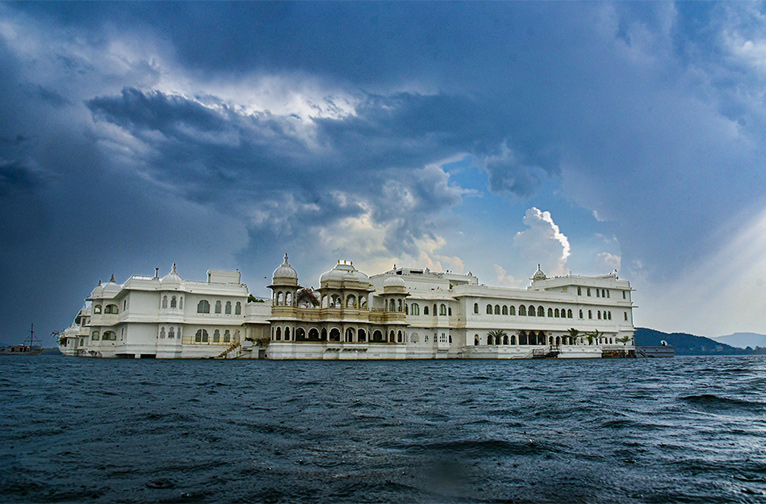
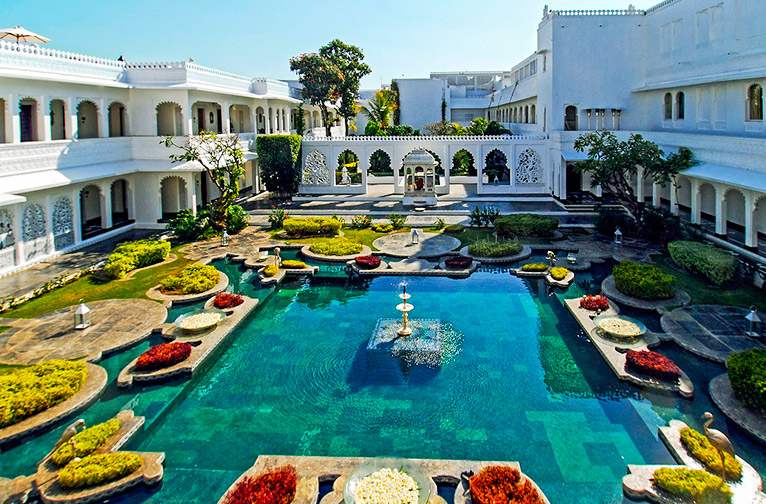
The rain was in abeyance, thankfully, during the shoot. Between takes, we wandered around feeling like royals in our lavish attire as wedding guests. The 18th-century glittering palace, local lore has it, once served as a private hideaway for Prince Jagat, who was always being pulled up for his hedonistic pursuits by his dad, Maharana Sangram Singh II. In defiance, the prince built this lovely water palace, known as Jag Nivas, to which the only approach was by boat. Defeated by his son’s persistence, his father got fed up and left him alone.
Later, over high tea, we watched the rain clouds gather in the darkening skies and send down a delicate pitter-patter of raindrops. We fled indoors, but only briefly, because a stiff breeze chased the clouds away towards the hills, and we returned to enjoy the magic of Lake Pichola in its pre-monsoon mood.
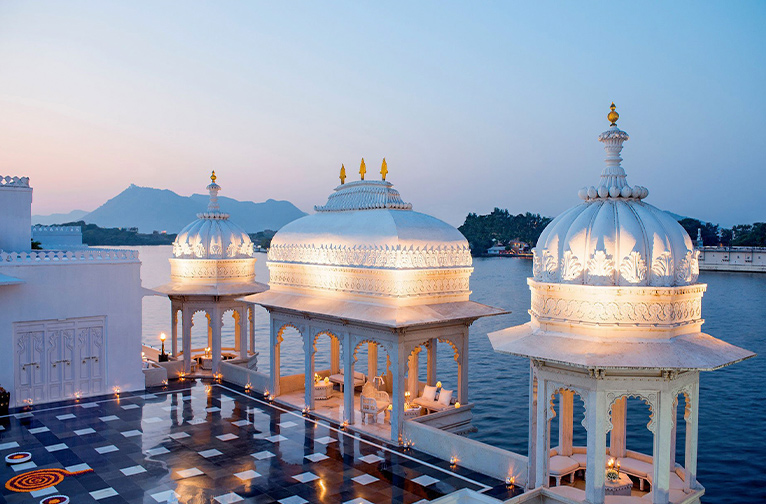
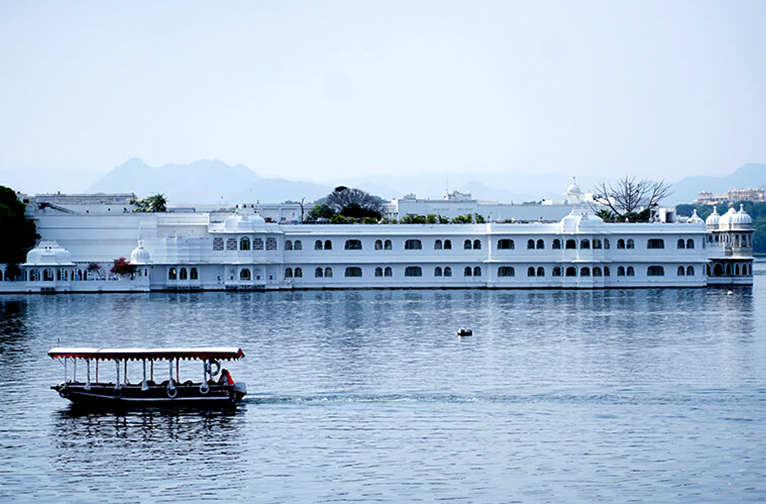
Pichola is one of Udaipur’s oldest lakes, dating back to the life and times of Maharana Lakha (r. 1382 - 1421 CE). This man-made lake was the work of Chhitarji Banjara. Rajasthan is noted for its hot climate and desert sands and has long been plagued by its scarcity of water. Well before the coming of the waters of the Indira Gandhi Canal to develop agricultural activities in the state, harvesting of water with the construction of lakes, wells, baolis, etc, was one of the most critical aspects of its civic structure. The canal carries water some 640 km away from the Beas and Sutlej rivers in Punjab. The Rajasthan section is the canal’s progress in reviving the pathway of the ancient Saraswati River, which, with its drying up, has long passed into myth.
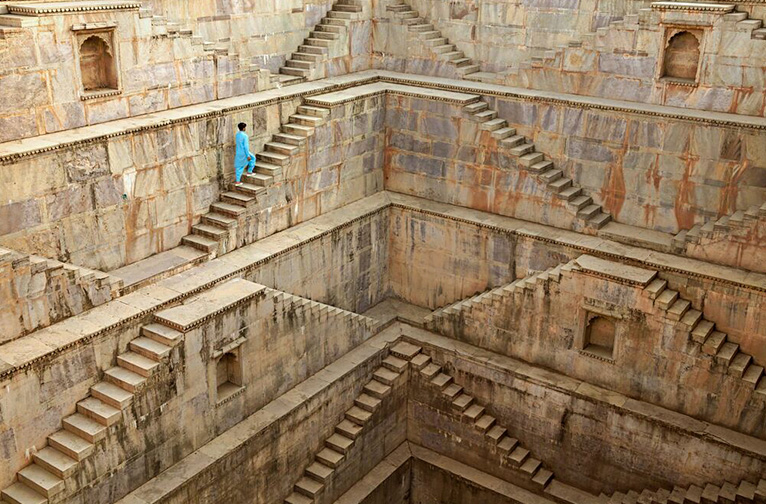
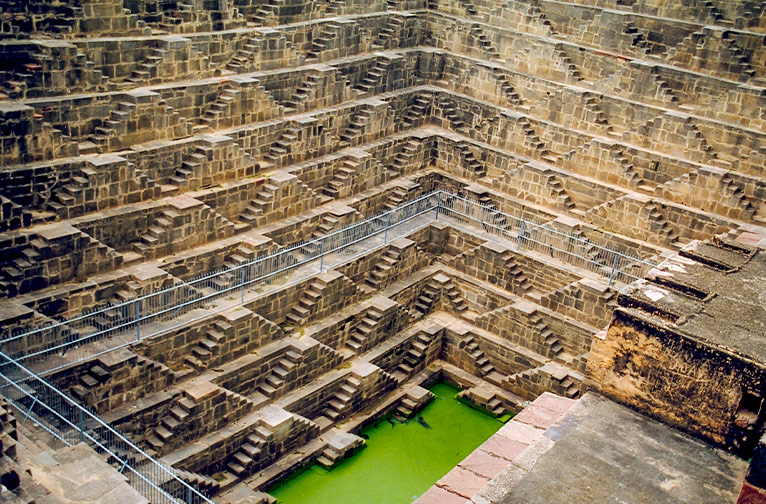
Udaipur, on the other hand, is largely dependent on groundwater and surface sources for its water supply. The lakes, including Pichola, Rang Sagar, Fateh Sagar, Swaroop Sagar, Badi, Madar and Udai Sagar, are the primary surface water source, while groundwater is extracted from tube wells and open (step) wells.
Pichola becomes a centre point for many of the city’s lavish festivals, including Gangaur and Teej. The historic Gangaur Ghat, by the edge of the lake, could recount tales of some of the most beautiful ceremonies enacted by the shoreline over the centuries on these religious and culturally-rich occasions. Even the royals set off on the lake in gorgeously adorned royal barges to participate in these events. The shoreline is awash with locals and visitors alike, who arrive in droves to enjoy the regal spectacle.
Lunch, the next day, is scheduled at The Lalit Laxmi Vilas Palace, nestled by Fateh Sagar Lake, a popular picnic spot with locals. The sun has been playing hide-and-seek behind the build-up of stormy skies. But thunder only growls occasionally through lunch and then leaves us in peace to wander around the Shilpagram, where we pick up some lovely handcrafted souvenirs for friends and family back home.
The local weatherman has promised that the monsoon will definitely arrive in the city today. So, taking no chances, we wrap up our shopping spree and flee to Sajjangarh on its hilltop from where we will watch, like many others, the grand arrival of the monsoons…with thundering skies and sheets of rain pouring down on the city and filling its thirsty lakes. In the late 19th century, Maharana Sajjan Singh built the Monsoon Palace here specifically to witness uninterrupted views of this amazing spectacle of the arrival of the rains over Udaipur.
All is green and glorious when the rains come. The scent of rain-kissed earth is captured in a lovely attar (Indian perfume). You can buy this bottled version in the bazaars of Udaipur. Tendrils of mists envelop the buildings, street dogs jump into overflowing drains to cool off, and people emerge from homes to dance with joy, welcoming this much-needed gift from the heavens.
As night falls, we return to the city, filled with the grace of Nature’s beauty and sense of camaraderie which flourished amongst the watchers of the monsoons at the Sajjangarh Palace.
Back in Udaipur, we join the late evening revellers as the rains head to the hills and the aromas of kebabs and kachoris, mingling with the scent of hot jalebis and pista doodh, gather us in their warm embrace…